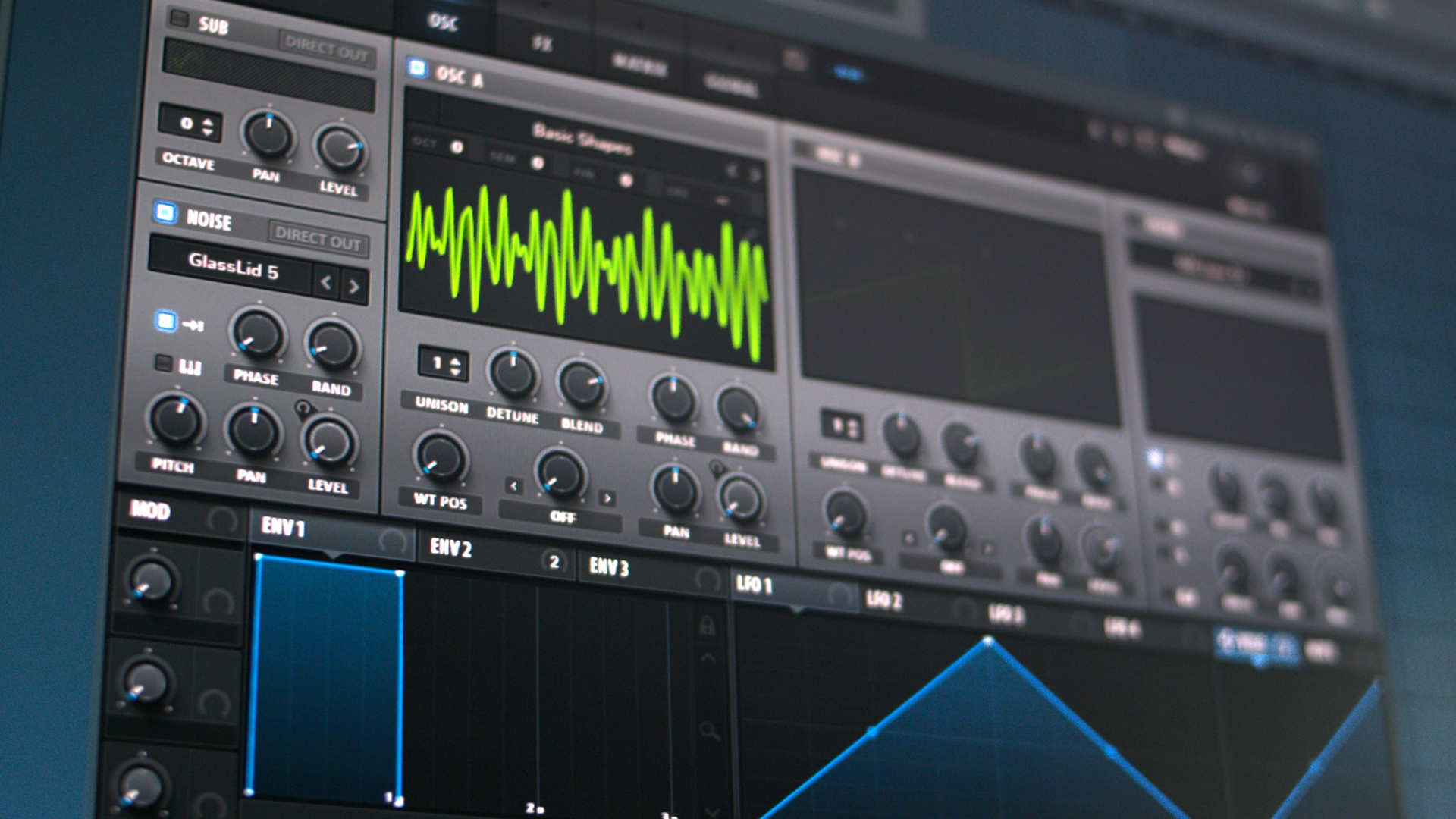Here’s a full breakdown of the process — from raw synthesis to the final, ready-to-use sound.
No recycled one-shots. No presets. Just custom-made sounds, crafted from scratch.
Step 1: Full Drum Synthesis with Serum
I design all of my drums — kicks, snares, hi-hats, percussions — using Xfer Serum 2.
Synthesis gives me total control over the transients, tone, and impact of every element.
My goal is simple: make the drums sound punchy, clean, and characterful even before any post-processing.
Step 2: Testing in Context
Once I have the raw sounds, I test them inside real loops and demos.
I use music loops from my older packs or new sketches to check how each drum works in a real mix.
This is where I adjust tuning, envelope, and tone to make sure each hit sits just right.
Step 3: Inspired by My Drum Heroes
I’m heavily influenced by artists who care deeply about drum sound:
Justice, Madeon, Prince, Vulfpeck, L’Impératrice…
Their drums hit with a mix of power, groove, and personality — that’s the standard I aim for.
Whether it’s the fat snares of Justice or the tight funk of Vulfpeck, I study their mixes and bring that same energy and clarity into my own samples.
Step 4: Adding Realism Through Live Drummers
Sometimes, I collaborate with live drummers to add a human feel.
They record hi-hat grooves, shakers, tambourines, and other organic layers.
I don’t just use these as-is. I also use them as references — to better understand the groove, dynamics, and timing of real drumming.
Then, I manually process and reshape each recorded element so it blends perfectly with my synthesized drums.
This step adds subtle realism and movement, while keeping the punch and control of synthetic sound design.
Step 5: Trial, Error & Refinement
There’s no magic formula — just a lot of testing, tweaking, and comparing.
I experiment with different FX chains: EQ, saturation, transient shaping, compression, etc.
I build the sound to work across styles like Electropop, French Touch, EDM, and Pop, making sure it holds up in real production scenarios.
Step 6: Analyzing Reference Tracks
To get even more precision, I use tools like SPAN and a spectrogram to analyze professional drum sounds.
This helps me understand the frequency balance, attack, and decay of real drums from records I love.
It gives me a clear direction when designing my own, especially when recreating genre-specific sounds.
Step 7: Final Processing – Ready to Drop
Once I’m happy with the sound, I finalize it with light layering, reverb, compression, and sometimes clipping or limiting to give it that final punch.
Each sample is fully processed and ready to use — no need for extra cleanup or mixing.
You just drop it in your track and keep the creative flow going.
Built from scratch, tested in real mixes, inspired by the greats, and refined for modern production.
No fluff. Just high-quality, usable sounds made to spark ideas and bring your tracks to life.
